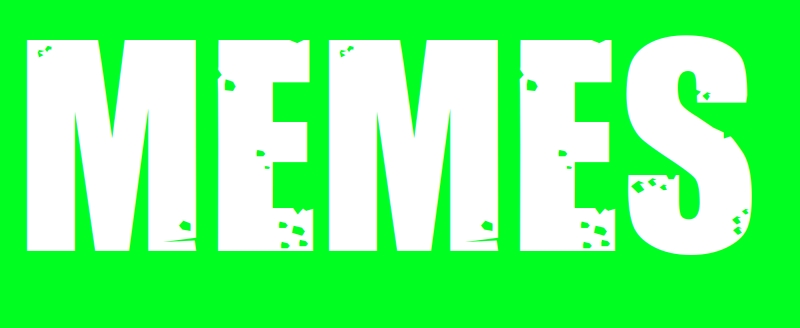From my experience in IT, it’s almost always a local network issue in the end. That’s not to say, the user’s fault. But the distance a little education on home networking could go to save a technician having to come to your house a day or two later just to fix something that could be done in a few minutes is not insignificant.
The issue with “a little education” is that it has to be the right little bit.
For most people who don’t make a career or a hobby out of it, it’s like being pointed at a library and told “if you just read one book, you wouldn’t have this problem.”
Okay. Which book?
If you have anything larger than a home installation you easily get some horribly mistuned antennae that let phones receive wifi but don’t catch the response at the same dbm, leading to phones hanging in their now broken wifi when walking out, or repeating connection attempts when walking in.
I had to block the wifi of my university for that, as it would regularly drop my internet if I went past any of their buildings. Also made me disable wifi callsThis a WiFi channel issue. People often leave WiFi on auto channel mode. Like you said, this is fine for a single point network. For bigger networks, you’re supposed to set your channels to static and spread your bandwidth.
For example, 2.4 GHz WiFi has channels 1, 6 and 11. The in-between channels are just blending these 3. You would have one end of the network set to 1, the midpoint set to 6, and the far end set to 11. Your client device will do the work of choose the strong signal and jump between them.
If these were in Auto, they would constantly detect each other and regularly channel hop, dropping connections in the process.
I’m talking about persistent outages, that can remain for minutes or hours if you don’t move out of the affected area.
The setups shouldn’t cgange channels, both because they are a large commercial setup and because there is no other interference in some spots.
The dead zones are persistent over years in some spots.Yeah then someone fucked up ¯\_(ツ)_/¯.
No it’s usually DNS
DNSes don’t cause this issue
It’s always dns tho
Except in that particular issue.
I hate when it is connected without internet, but it also doesn’t load local shit on the network. The fuck are you connected to, motherfucker?!
I am pretty sure this is just a problem with the shitty Xfinity modem/router we are forced to use. My own Asus router never has this issue, but it also is running a subnet instead of being the main gateway.
Xfinity home gateways can usually be put into bridge mode, allowing you to use your own router.
Yeah or android with its fucked routing table. “I see you are trying to connect to something on your local subnet but the network nas no internet, Iam just going to send your shit to the internet instead, host unreachable 😅”
You have to disable data to connect to anything on offline wifi. Thats why apps for connecting to action cameras also have vpn built in, to get around this shit
Add an extra panel at the bottom for full bars on 5G, but websites won’t load anyways.
I freaking hate that with cell networks. It shows I have a good signal, which is fine between the tower and myself. But the backhaul is so saturated your packets aren’t going anywhere.
It’s almost as if some simple bars aren’t enough information to accurately convey connection quality. I really wish someone would come up with a better system. At the very least, there should be a way to convey more than just signal strength.
At the very least, we should also be able to see signal-to-noise, tower saturation, connection speed, and the modulation scheme being used. All useful information for determining how good of a connection you’re really getting.
(Edit: I also wish there was a way to automatically drop down to LTE when 5G becomes too saturated, and not just when the signal is weak. I’m tired of having to toggle between 4G/5G manually.)
see signal-to-noise…
You can still do that. It’s called a “field test”. From your phone app dial
*3001#12345#*And it’ll bring up a menu of all that information. I used to use it a lot back in the Nokia 2G days and it’s still around.
My issue though isn’t signal strength to the tower. That is good and would show as much. My issue ends up from the tower to the telco is so saturated you can’t get anything effective. It’s like being connected to your WiFi, but your gateway is offline.
Edit: the command I gave is for iOS. There are versions for Android too.
I meant in the notification bar, without having to install a 3rd party tool, either.
I mean that’s a lot of info for the notification bar. But it is all available without 3rd party utilities.
Yes I know that. But again that’s not my point. The point is that we need to come up with a better method than bars.
I get “Unable to complete your call” when I dial that?
I like when there is one bar and I can’t notice a difference.

My current life
“lie-fi”
bottom one is the default state for shaw/rogers in vancouver
Wifi enabled, connection strong, Google successfully searching pictures of giraffes, app forever attempting to connect to the Internet.
@Stamets this was my morning.
Its DNS











